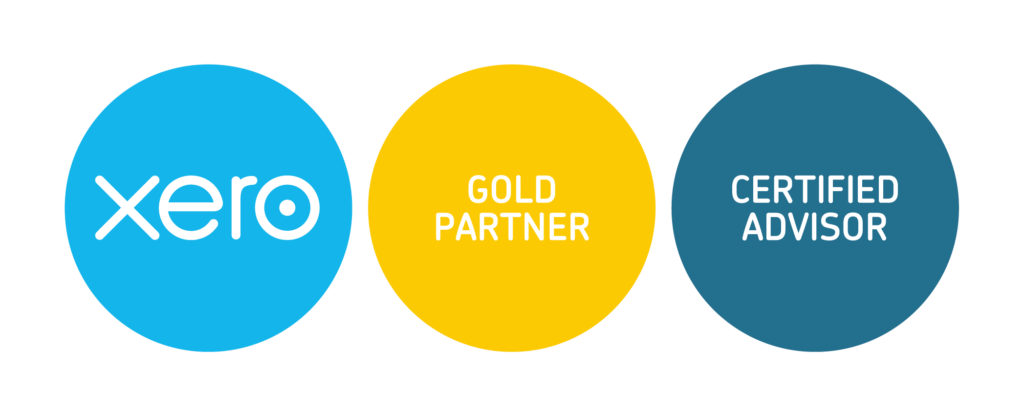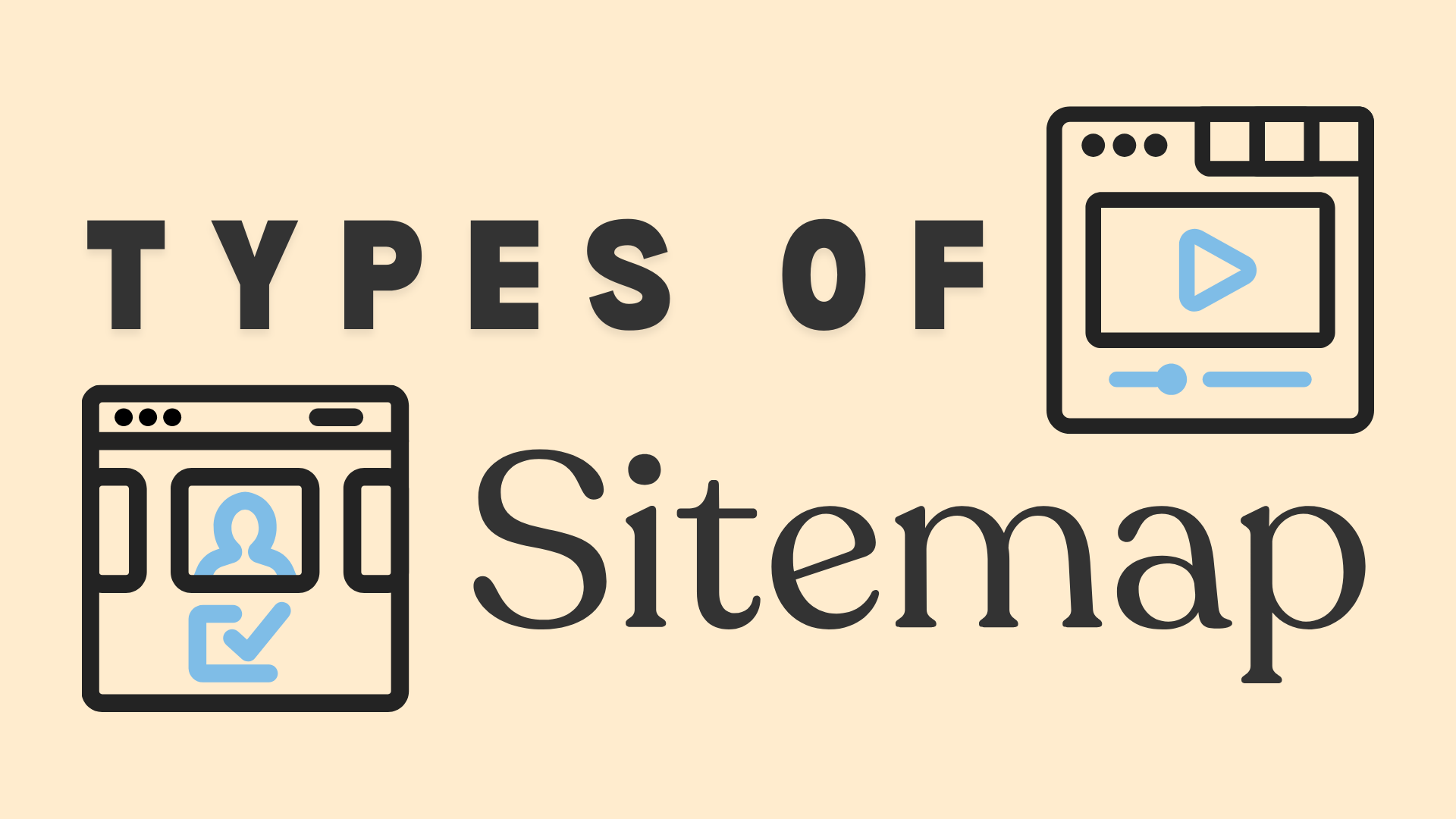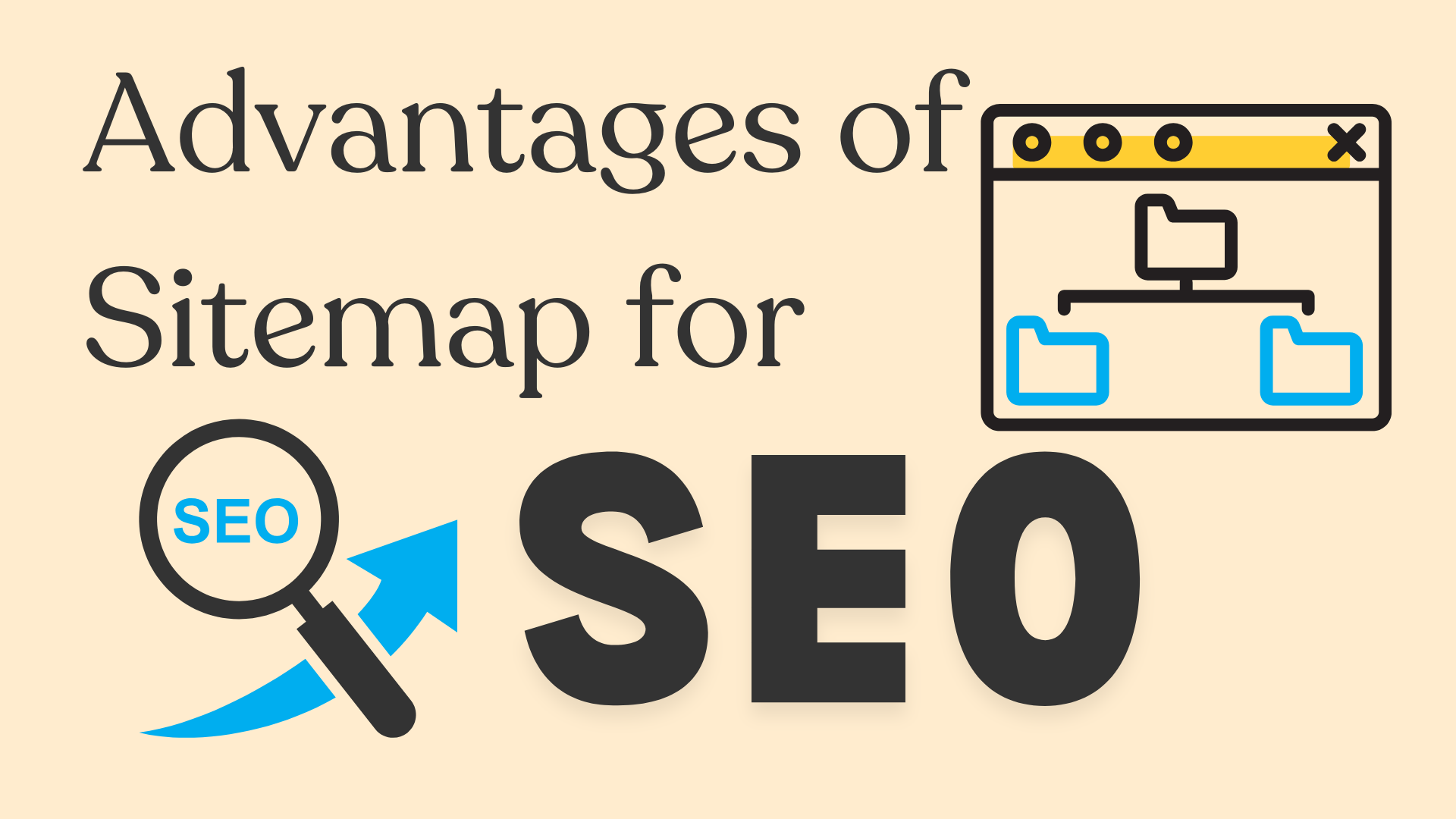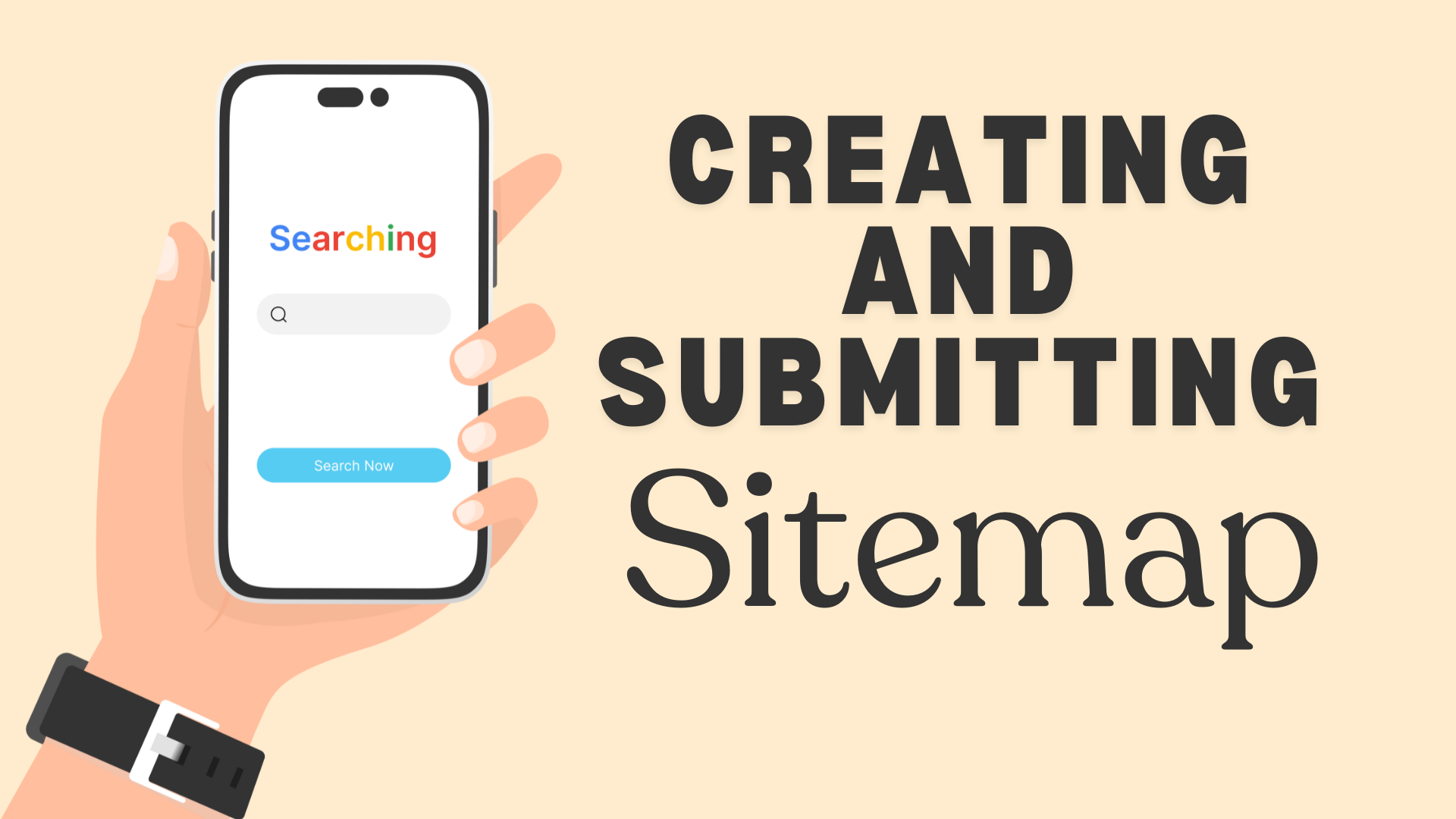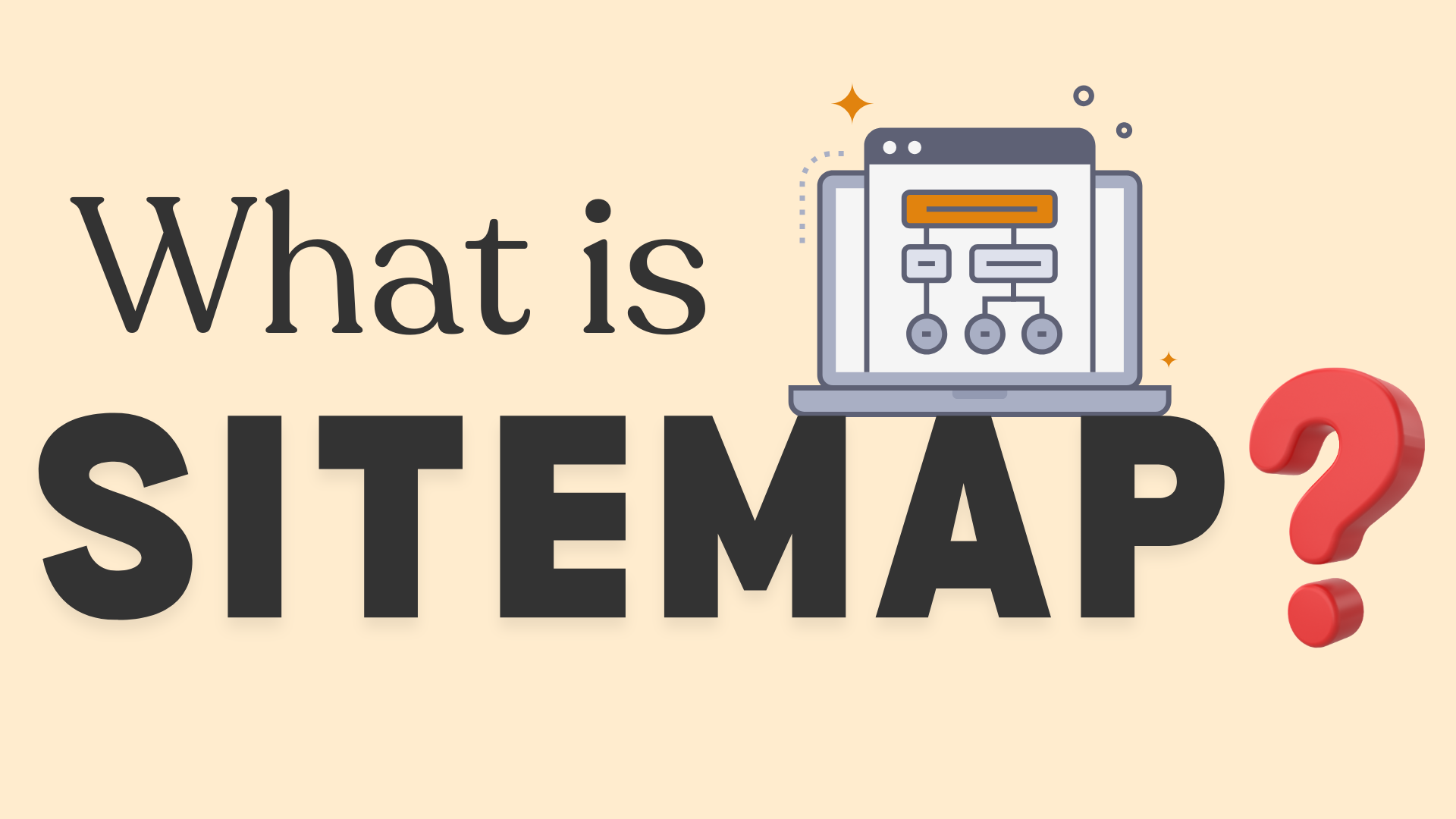CFO GROUP INTEGRATED SERVICES
What Is a Sitemap In Search Engine Optimisation? Unlock Your Site’s Hidden Power
CMO Media Lab Pte Ltd • February 4, 2025
What is Lead Generation in Digital Marketing?
In the vast digital landscape, sitemaps are essential navigational tools, guiding users and search engines through a website's structure. Understanding all the sitemaps used is key to enhancing your SEO strategy and user experience as online visibility becomes increasingly crucial. Many website owners overlook this powerful tool, often undermining their site's potential.
This article will explore sitemaps, their importance for SEO, the different types of sitemaps, and best practices for creating sitemaps and optimizing them. By the end, you'll have a comprehensive guide to enhance your site's performance, ensuring a better experience for users and search engines.
What Is a Sitemap: Understand the Blueprint Behind Your Website
A sitemap is a blueprint for your website that lists its pages and tells search engines how your content is organized. Think of it as a table of contents for your website. This simple yet effective resource plays a vital role in helping search engines index your site efficiently, ultimately leading to better search rankings. A well-organized sitemap is not just about search engines; it also aids users in finding the information they seek quickly.
There are several types of sitemaps, such as:
1. XML Sitemaps: Designed for search engines.
XML sitemaps are primarily created to assist search engines in discovering and indexing all the pages on your website. They provide a structured list of URLs and essential metadata, such as each page's last modification date, change frequency, and priority level. This information helps search engines like Google, Bing, and others understand the structure of your site and prioritize crawling, ensuring that even deep or new content gets discovered quickly and accurately.
2. Image Sitemaps: Focus on images.
Image sitemaps are specialized versions of XML sitemaps that specifically target visual content on your site. They include additional details about images—such as captions, geographic location, license information, and titles—that might not be easily detected by standard crawling methods.
3. Video Sitemaps: Highlight video content.
Video sitemaps are tailored to specific pages to help search engines effectively understand and index video content. They offer detailed information about each video, including the title, description, duration, thumbnail URL, category, and publication date.
4. News Sitemaps: For Google News content.
News sitemaps are designed to focus on news-related content, particularly for inclusion in Google News. They provide key information about each news article, such as publication date, headline, keywords, and the article's location on the news pages of your site. This targeted information ensures that Google News can quickly and accurately identify, verify, and index timely news content. As a result, your news articles are more likely to be featured in news search results and benefit from increased visibility during peak news cycles.
With tools like sitemap generators and content management systems, creating a sitemap can enhance your website's SEO performance and user navigation.
From XML Sitemap to HTML Sitemap: Discover the Diverse World of Sitemaps
Understanding the different types of sitemaps is crucial for optimizing your website’s search engine performance. Each sitemap has a unique purpose and benefits distinct aspects of search engine optimization.
HTML Sitemap
An HTML sitemap is a page on your website that lists clickable links pointing to all the other pages. This method is somewhat old but very effective, especially for large websites. Google encourages using HTML sitemaps because they can help the search engine understand what content is most important. While HTML sitemaps complement good site navigation, they should not replace it. They enhance the user experience by providing another way to access different pages of your site.
XML Sitemap
An XML or sitemap index, is a text file that lists the URLs on your site. It is designed for search bots rather than visitors. XML sitemaps are vital because they allow tags to provide more URL information. For example, a tag can indicate when a page was last updated or how often it changes. Websites like Sitemaps.org offer a detailed list of XML tag definitions to assist with sitemap creation. Preferred by search engines like Google, XML sitemaps are a key tool for efficiently crawling and indexing your website.
For Singapore-based websites, search operators say these sitemaps can be tailored to target local search trends and regional content, further enhancing your site's relevance.
The SEO Game Changer: Discover the Impact of Sitemaps
1. Boosts Visibility & Usability
Sitemaps play a pivotal role in enhancing your website's SEO by providing a clear roadmap of its structure. This organized guide enables search engines to locate quickly and index all available pages in search results, including those that may be buried deep within your navigation. With a comprehensive sitemap, crawlers can understand the hierarchy and relationships between pages, minimizing the chances of missing important content.
Additionally, a well-structured sitemap improves user experience by offering an intuitive navigation tool that helps website visitors find all the important pages of information they need. This leads to lower bounce rates and higher engagement.
2. Essential for Complex Sites
For large or intricately designed websites, sitemaps become indispensable. They serve as a detailed navigational blueprint to discover pages that ensure that users and search engine bots quickly discover every significant page—from the homepage to the most obscure subpages.
This comprehensive approach is crucial for large websites with dynamic or multiple content categories. It guarantees that search engines have a complete view of your site's offerings.
3. Streamlines Content Management
A single sitemap or index file efficiently manages and organizes extensive website content. By consolidating all your pages into one file, you create a central resource that simplifies updating and maintaining your site’s structure.
Furthermore, platforms like Google Search Console allow for seamless submission and monitoring of your sitemap, providing valuable insights into crawling issues and indexing performance. This streamlined approach saves time and ensures consistency across your entire website.
4. Elevates Overall SEO Performance
Ultimately, a well-crafted sitemap can transform your SEO strategy. It ensures that every content—an internal page, an external link, or multimedia elements—is readily accessible to search engine crawlers. By facilitating more efficient crawling and indexing, a sitemap helps search engines understand the value and context of each page, which can improve ranking positions.
Moreover, a robust sitemap contributes to a more substantial internal linking structure, reduces the risk of orphaned or duplicate pages elsewhere, and signals that your website is well-maintained and regularly updated. This comprehensive accessibility and improved organization of priority pages can drive higher traffic, better user engagement, and a significant boost in overall SEO performance.
From Scratch to SEO Hero: Creating and Submitting a Sitemap That Drives Traffic
Digital marketing agencies can enhance their lead-generation efforts by creating content using these strategies and leveraging various marketing channels, such as marketing automation platforms, blogs, social media, and email campaigns. This approach attracts and nurtures potential leads, smoothly guiding them through the sales funnel.
Creating a Sitemap
The process for creating a sitemap is quite simple.
Here's how you can do it:
Step 1: Generate Your Sitemap
You can create an XML file of your sitemap using online tools or specialized software. Sitemap generators, such as plugins and software, offer a no-code process for using image files and creating visual sitemaps.
Step 2: Check Best Practices
Ensure your sitemap follows best practices. This means checking submitted sitemaps for duplicate pages and content and confirming that internal and external links accurately reflect your site's navigation.
Step 3: Types of Sitemaps
Different sitemaps exist, such as video, image, and news sitemaps. Choose the type of submitted sitemaps that best fit your website’s content.
Submitting a Sitemap to Google Search Console
Once your sitemap is ready, submitting it to Google can enhance your website's search visibility.
Here’s how:
Step 1: Using Google Search Console
Log into your Google Search Console account. Navigate to the "Sitemaps" section and enter your sitemap URL.
Step 2: Google Sitemap Generator
This tool can also help you submit your sitemap, making it easier for search engines and engine crawlers to find your site's pages.
Step 3: Benefits of Submission
Submitting a sitemap to Google Search Console is an SEO best practice. It helps Google understand your site’s structure more effectively and ensures that all your pages are indexed.
A well-crafted sitemap can boost how search engines perceive your site. Using sitemap generators and submitting your XML sitemap file ensures your website gets the attention it deserves from the search engines' crawl and engine bots. This step is critical to improving your site’s SEO performance and visibility in Singapore's local and search engine results.
Optimize and Outrank Your Sitemap for Unbeatable Rankings
Optimizing your sitemap is crucial for improving your website’s visibility and usability. Sitemaps, especially XML sitemaps, are key in guiding search engine crawlers to your site's content, essential for search engine optimization (SEO).
Use XML Files.
These files help structure internal links, essential pages, and external URLs. They also act as a roadmap for crawling bots for web crawlers, ensuring no page goes unnoticed.
5. Referral and Partnership Strategies
While placing your sitemap files outside the root directory isn’t harmful, sticking to protocol by keeping them organized in the root helps maintain order.
Include All Web Pages
Include every web page in the sitemap URL to ensure no page is left behind. This is especially helpful if your internal linking is weak.
Enhance Visibility and Accessibility
A well-optimized sitemap improves the overall accessibility and user experience of rich media content and ensures that search engine bots find your content efficiently.
Remember, you can generate and maintain your sitemap using online tools or an SEO plugin. This will make it easier to follow best practices and improve SEO performance.
Sitemap Error Alert: Common Sitemap Mistakes to Avoid
Creating an effective sitemap is crucial for good SEO performance. However, some common mistakes can hinder your site's visibility. Here are key pitfalls to avoid:
1. Not Submitting to Google Search Console
If you fail to submit your sitemap, search engines may overlook essential pages on your site, harming search engine optimization.
2. Neglecting Updates
Always keep your sitemap up-to-date. Outdated sitemaps may lead search engine bots to dead links.
3. Duplicate or Low-Quality Content
It confuses search engine crawlers and affects your site's rankings. Therefore, your XML sitemaps should only include valuable content.
4. Not Using a Sitemap Generator Tool
These tools help automate the process and can prevent human errors.
5. Ignoring Error Checks
Verify your sitemap regularly for errors using online tools or an SEO plugin. This will ensure that all your internal and external links are functioning.
By avoiding these mistakes, you enhance your search engine visibility and make it easier for other search engines to search operators and index your site's content effectively.
Unlock Your Website’s Hidden Power Now!
A well-structured sitemap is more than just a list of URLs—it’s a strategic asset that guides search engines and users alike. Sitemaps blueprint your website's architecture and ensure that every page, image, video, and news article is easily discoverable and indexed adequately. Whether you’re utilizing XML, HTML, or specialized visual sitemaps, the meticulous organization of your content not only enhances your SEO performance but delivers a seamless navigation experience for your visitors.
Adhere to proven best practices—such as generating your sitemap with trusted tools, submitting it via Google Search Console, and routinely monitoring for errors—to avoid common pitfalls and unlock your site’s full potential. This proactive approach transforms your website into a well-optimized digital hub, ultimately driving higher traffic, better user engagement, and improved search rankings in today’s competitive online landscape.
More Leads, More Sales, Less Guesswork – Let’s Perfect Your Website With Us!
Ready to Transform Your Marketing Website into a Conversion Machine? Our advanced digital strategies will attract the right target audience, amplify engagement, and maximize conversions—perfectly aligned with your business objectives. With CMO Media Lab, we design tailored strategies that guide your audience seamlessly through every funnel stage—attracting, engaging, and converting with precision. Let’s elevate your business and turn potential leads into loyal customers. Please explore our website today to discover how we can empower your brand to thrive in the competitive digital world using our marketing solutions. Click below to optimize your website today!
From Clicks to Conversions— Here's How We Optimize SEO for Maximum Growth!
- Boost Visibility & Drive Qualified Traffic – Get found by the right audience with proven SEO techniques, including keyword optimization, technical SEO, and high-quality content. Our strategies ensure your website ranks higher and attracts visitors actively searching for your products or services.
- Convert Leads into Paying Customers — Ranking high on Google is the first step. Our SEO-driven conversion optimization ensures visitors stay engaged, take action, and convert into customers. With strategic on-page improvements, CRO best practices, and intent-driven content, you can reduce bounce rates and increase conversions by up to 30%.
- Retain and scale for Long-Term Growth — SEO is not just about rankings but long-term business success. We implement advanced link-building strategies, authority-driven content, and data-driven analytics to ensure your brand stays ahead of the competition while maintaining consistent organic traffic growth.
Stop guessing and start growing! Ready to OUTSMART, OUTPERFORM, and OUTRANK your competition with a winning marketing strategy on Google Find? Our expert strategies are designed to guide your audience seamlessly through every stage of the marketing funnel together—attracting, engaging, and converting with precision.
Click the button below to claim your FREE CONSULTATION and let our team of SEO experts help you turn clicks into customers today!



